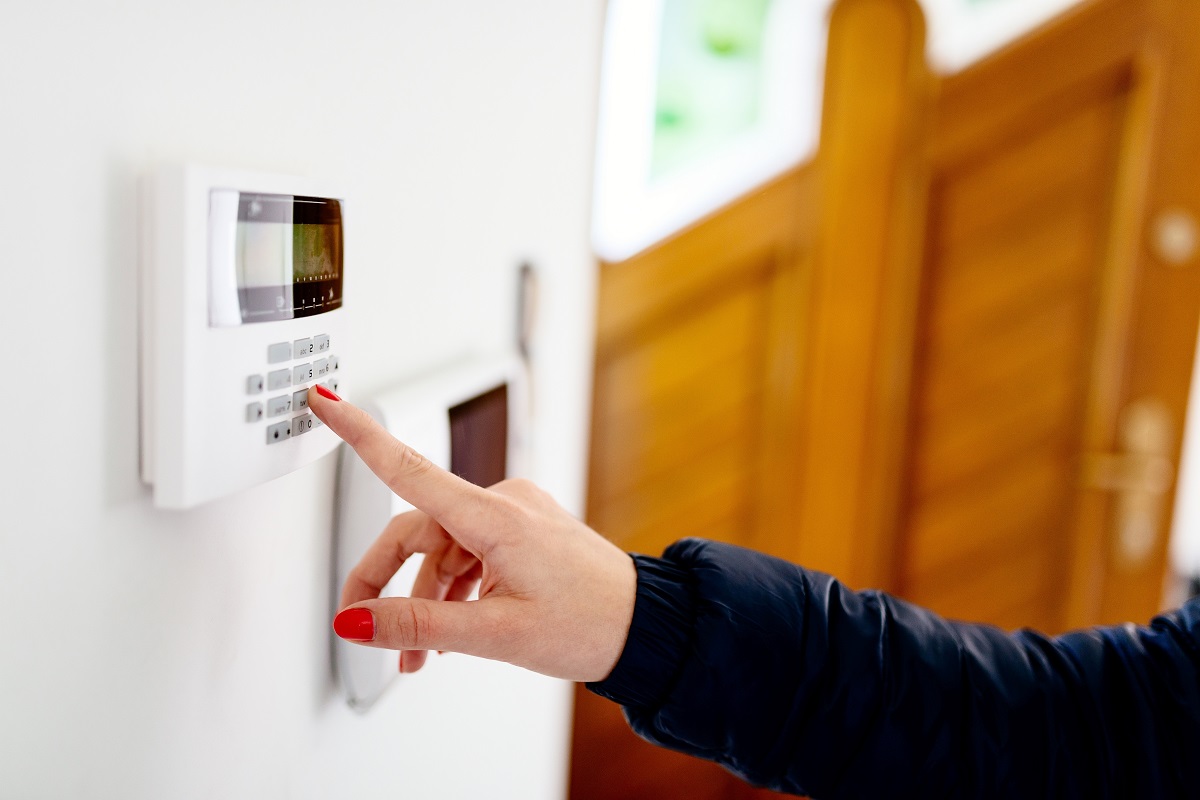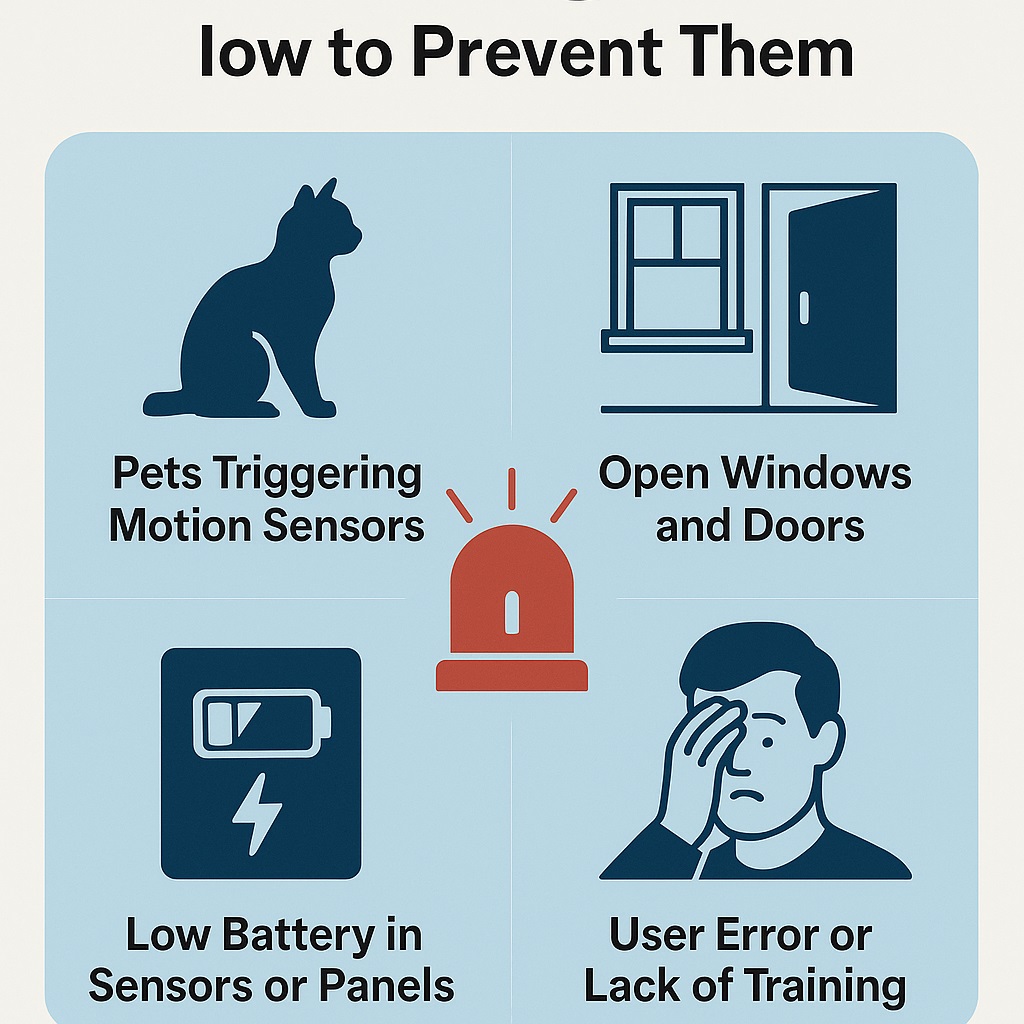
What Causes False Alarms in Home Alarm Systems and How to Prevent Them
False alarms in home alarm systems are a common problem that many homeowners face. These alarms can be frustrating, costly, and even dangerous if they cause emergency services to respond unnecessarily. Understanding what triggers false alarms is key to ensuring your home security system works reliably and keeps your property safe.
Common Causes of False Alarms
1. Pets Triggering Motion Sensors
One of the leading causes of false alarms is pets moving freely around the house. Motion sensors in many home alarm systems detect movement but may not always distinguish between a human and a small pet.
Solution:
Use pet-friendly motion detectors or install sensors in areas where your pets don’t usually go.
2. Open Windows and Doors
Windows and doors left ajar can allow curtains or hanging objects to move, which can trigger motion detectors. Even small drafts from poorly sealed areas can lead to false signals.
Solution:
Make sure all entry points are securely closed before arming your alarm system. Also, check for and seal drafts that might move objects in the room.
3. Low Battery in Sensors or Panels
Low battery power is often overlooked but can lead to sensor malfunctions or false signals.
Solution:
Regularly inspect your alarm system’s battery levels and replace them according to manufacturer recommendations to ensure stable performance.
4. Improper Sensor Installation
Incorrect installation is another major cause of false alarms. Sensors placed near windows with regular outdoor movement, heating vents, or high-traffic areas can misfire easily.
Solution:
Always rely on professional installation. A properly trained technician will place and calibrate sensors based on your home’s layout to reduce false alarms.
5. Insects and Environmental Interference
Bugs and other small pests crawling near or inside motion sensors can also set off alarms. Dust and debris can have a similar effect.
Solution:
Clean your sensors regularly and seal small openings in your home to keep insects out.
6. User Error or Lack of Training
Another common reason for false alarms is human error. This includes entering the wrong disarm code or forgetting to disarm the system entirely.
Solution:
Train all users of the home alarm system—including children and guests—on how to operate it properly. Assign individual access codes to monitor and manage usage.
7. Objects Falling or Doors Slamming
Items falling off shelves, sudden movements, or even slamming doors can trigger motion detectors, especially if they’re placed too close to unstable objects.
Solution:
Keep the area around motion sensors clear, and secure any objects that could fall or move suddenly.

How to Minimize False Alarms in Your Home Alarm System
To reduce false alarms and improve your system’s reliability, consider the following:
-
Use pet-friendly motion sensors if you have animals at home.
-
Always double-check that all windows and doors are closed before arming your system.
-
Perform regular battery maintenance to avoid sensor malfunctions.
-
Invest in professional installation to optimize sensor placement.
-
Keep your sensors clean and free of insects or dust.
-
Educate all household members on proper system use and arm/disarm procedures.
-
Secure loose objects and minimize environmental disturbances near sensors.
-
Choose simple, memorable access codes and set reminders to disarm when returning home.
At ALARMTO, we specialize in providing advanced home alarm systems tailored to your needs. Our expert installation and 24/7 monitoring service ensure your home stays protected without the hassle of false alarms. If you’re looking for dependable and smart home security in Toronto, contact us today for a free consultation.
Did You Know?
-
According to Wikipedia, 94–98% of home alarm activations are false alarms.
